
views
Preparation

Set aside about a month beforehand in which to prepare.
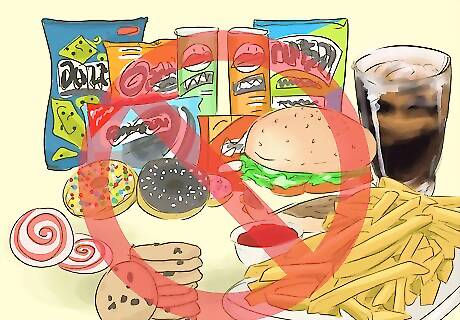
Begin the first week with cutting out junk or processed food, and food with excessive sugar. Buy your fruit and vegetables organically if you can afford it.
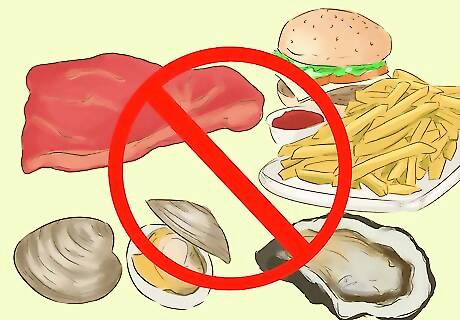
Stop eating red meats and cut out fruit juices, sodas etc. in the second week The only liquid you should be taking is water and milk (if you are not lactose intolerant).
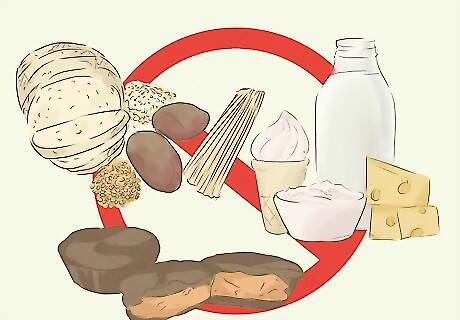
Cut out any other foods aside from fresh fruit and vegetables, and stop taking milk in the third week.
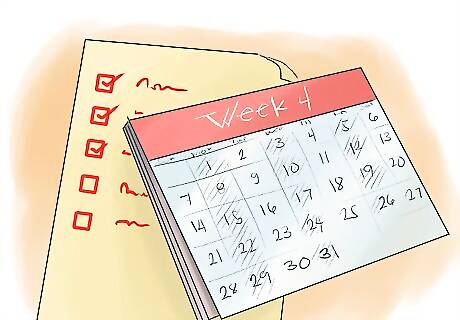
Reduce the portions gradually throughout week four. By the end of the week, your stomach probably will have shrunk and you won't be hungry as much any more.
Fasting
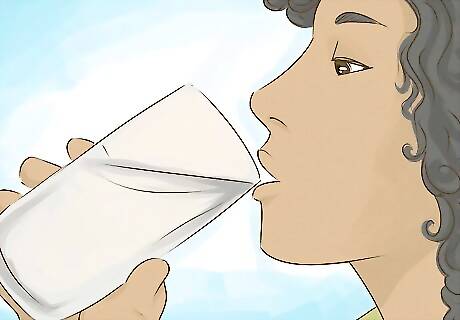
Take in plenty of water. When you are starving you dehydrate faster, so it's more important than ever to keep drinking pure water.
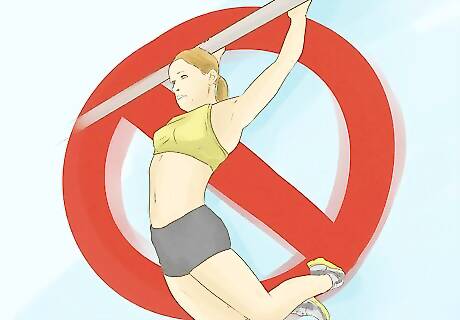
Avoid exercise like the plague; you will be physically exhausted for most of the time, and it is extremely unhealthy to exercise while on a fast.
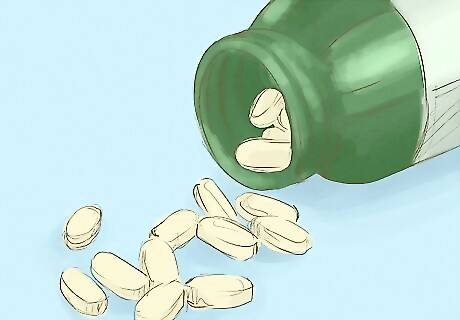
Take a multivitamin that has added iron and calcium, as well as plenty of different vitamins in it, this will keep you healthy and give your immune system the help it will need while you're getting so little.

Drink electrolytes. A simple home-made recipe is: 1 tsp salt, 1 tsp baking soda (sodium bicarbonate) and 1 tsp potassium chloride (salt substitute) per day, dissolved in water.
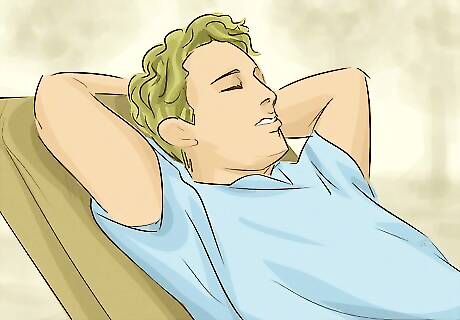
Try to stay still. Leave the marches to those protesters who are getting food, you need to rest.

Go to bed earlier and lie in later to replenish a little energy.
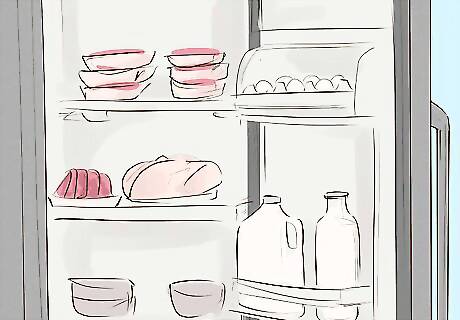
Stay away from the kitchen; if you eat now, you will not only have failed the other protesters, but you will likely bloat to whale-proportions if you eat too much.
Ending the Fast
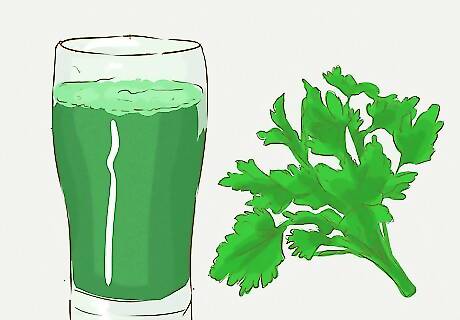
Make a fruit and/or veg smoothie on the first day. Try to avoid acidic fruits like citrus as this will give you stomach pains, stick to watery things, e.g. melon, watermelon, cucumber. Add some milk and oats, but go very easy on the oats. Depending on the length of your fast, you cannot handle too much food.
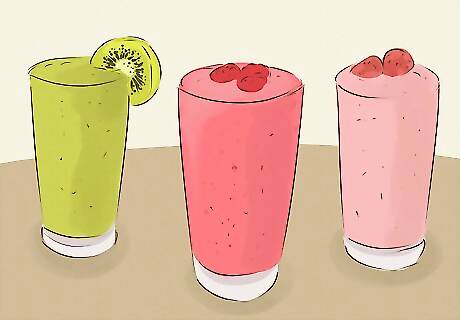
Drink more home made smoothies on the second day, and try some light soup.
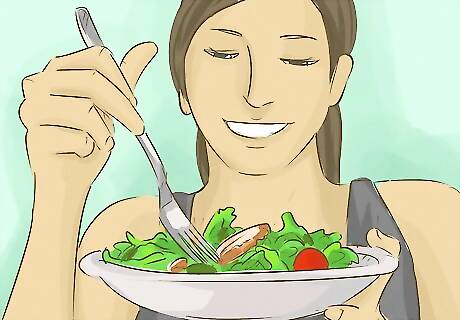
Start eating solids again on day three; stick to fruits and vegetables.
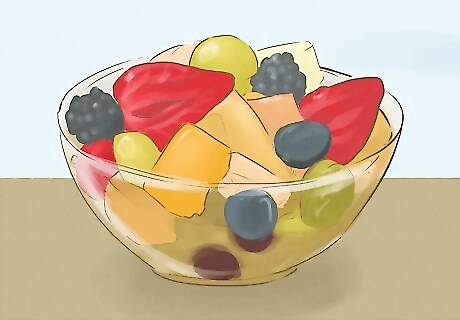
Continue with the fruit and veg, gradually eating more and more in one day.
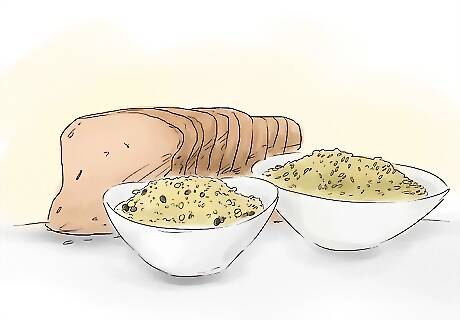
Eat some dry toast and a bowl of oatmeal with raisins and nuts when you feel ready to reintroduce them.
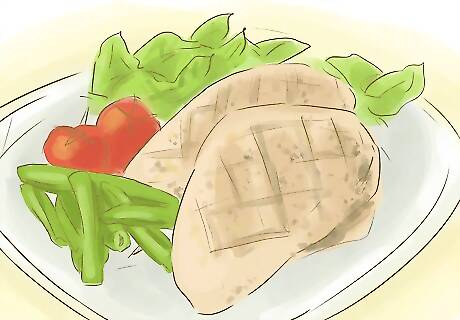
Reintroduce the rest of your everyday foods slowly- in reverse of how you prepared works fairly well.

Visit a doctor for a quick checkup when you are eating normally again, just to make sure you haven't damaged yourself.











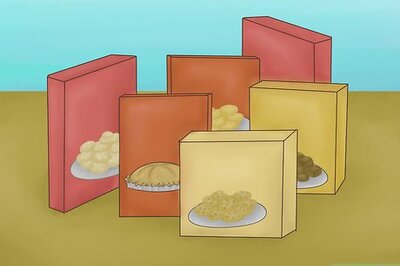





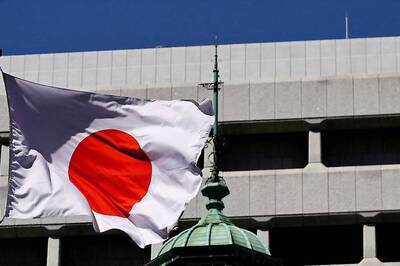


Comments
0 comment